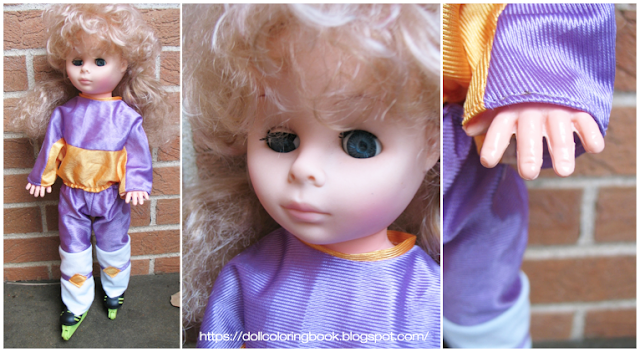The invention of a screw injection molding machine by American inventor James Watson Hendry in 1946 changed the world of dolls forever. Thermoplastics could be used to produce dolls and other plastic toys much more rapidly, and much more cheaply, because recycled plastic could be remolded using this process. In addition, injection molding for plastics required much less cool-down time for the doll parts, because the plastic is not completely melted before being injected into the molds. By 1948 the process was widely available, and injection-molded plastic toys began to appear by the millions in dime stores then dollar stores. Drug stores and also grocery stores also began to sell cheap dolls and dolls became alternative prizes at carnivals and amusement parks.
Approximately twenty-five years later, Hendry also developed the first gas-assisted injection molding process in the 1970s, which permitted the production of more detailed and complex, hollow toys that cooled quickly. This greatly improved design flexibility as well as the strength and finish of manufactured parts while reducing production time, cost, weight and waste.
 |
| Small plastic toys often used to boost the sales of other items. |
The era of giving away a toy inside of Happy Meals and cereal boxes in order to boost sales began. The kinds of toys included comics, fortunes, jokes, key rings, magic tricks, models (made of paper or plastic), pin-back buttons, plastic mini-spoons, puzzles, riddles, stickers, temporary tattoos, tazos, trade cards, trading cards, and small dolls.
Visit a factory in Yiwu, China, where workers
use 500,000 tons of polyethylene plastic to
make five million Lucy dolls each year.
use 500,000 tons of polyethylene plastic to
make five million Lucy dolls each year.


No comments:
Post a Comment
Thanks for your thoughts. All comments are moderated. Spam is not published. Have a good day!